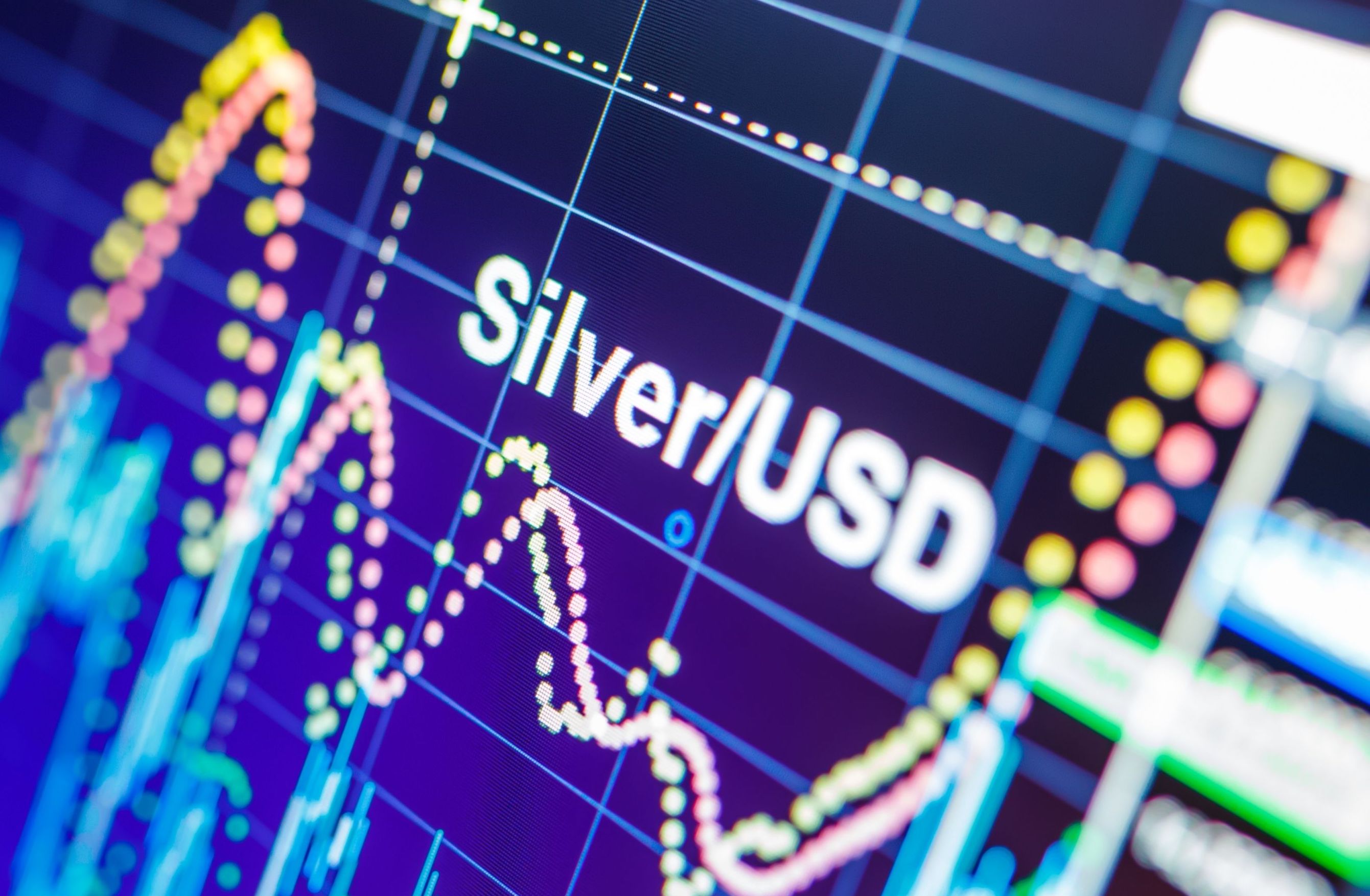Silver price is defined by volatility, this is nothing new.
This level of volatility in silver is nothing new for the market, and social media or not, it is here to stay, said Capital Economics in a report.
"Many media reports have linked silver's recent price volatility to last week's targeted buying of a handful of small U.S. equities by retail investors. But we reckon that it marks just another bout of silver's well-known price volatility," said Capital Economics commodities economist James O'Rourke.
Silver was already investors' favorite all of last year as the precious metal gained nearly 50%.

"A combination of greater safe-haven demand, ultra-low real yields, as well as a stellar rebound in China's economic activity in H2 2020, boosted both investment and industrial demand for the metal," explained O'Rourke.
On Monday, silver surged to eight-year highs of above $30 an ounce amid new support from retail investors. However, most of the gains were lost during the following trading session.
The move down was expected, O'Rourke noted, stating that there isn't a lot of short interest in silver and the market is larger in size than individual small-cap U.S. equities.
"CFTC data suggest that investors have been net-long on silver since mid-2019. What's more, the primary holders of large silver ETFs such as iShares Silver Trust (the world's largest) appear to be banks and hedge funds, so the scope seems limited for retail investors to inflict similarly heavy losses on institutional investors in the silver market as they did on large equity investors last week," O'Rourke said. "Second … an average of over $10 billion in silver futures and options contracts are traded daily on Comex, several times more than the market capitalization of the U.S. firms in the spotlight last week."
But maybe even more important is that this kind of price volatility is not unusual for silver, largely because the market's liquidity is lower than that of gold, the economist added.
"In 2020 alone, there were 55 trading days during which the price of silver moved by at least 5%, and seven days by at least 10%," he said. "As such, the recent behavior of the silver price is far from surprising and is likely to repeat itself before long."
Capital Economics is bearish on silver this year, citing an expected slowdown in China's economic expansion in the second half of the year. "[This could] weigh on industrial demand for silver, while safe-haven demand is likely to be less supportive this year," O'Rourke said.
On gold, Capital Economics sounds more optimistic, projecting the physical demand to pick up and help prices.
"A brighter economic outlook will boost consumer demand this year and help to prop up the gold price," O'Rourke wrote in a different report from this week. "We suspect that physical gold demand will continue to revive throughout 2021 … [on] strong economic recovery in India this year … [Also] we expect demand to return to more normal levels in China."


